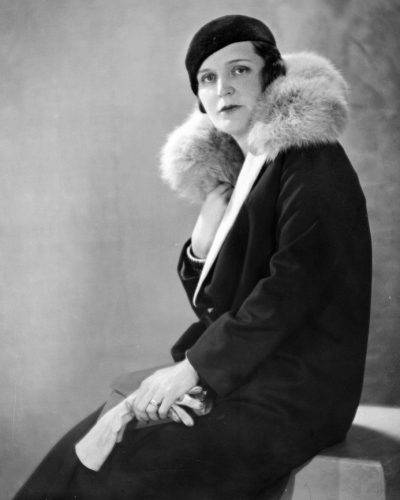Welcome to our exploration of the remarkable life and legacy of Germaine Tailleferre, a pivotal figure in the world of 20th-century classical music. While the location details remain unspecified, our journey will focus on Tailleferre’s contributions and her association with the influential group known as ‘Les Six.’
In the early 20th century, Paris was a vibrant hub of artistic innovation, and it was here that Germaine Tailleferre emerged as a distinguished composer. Born on April 19, 1892, in a suburb of Paris, Tailleferre was initially discouraged by her father from pursuing a musical career. Defiantly, she adopted the name Tailleferre after dropping her father’s surname, Taillefesse, and went on to study at the prestigious Paris Conservatoire, where she won numerous prizes.
Tailleferre’s talent caught the attention of influential figures like Erik Satie, who affectionately referred to her as his ‘fille musicale’ or musical daughter. Her association with Satie led to her inclusion in ‘Les Six,’ a group of six composers who were known for their neoclassical approach, reacting against the heavy Romanticism of Wagner and the Impressionism of Debussy.
The group ‘Les Six’ consisted of Tailleferre, Georges Auric, Louis Durey, Arthur Honegger, Darius Milhaud, and Francis Poulenc. Under the informal leadership of Jean Cocteau, this group sought to create music that was direct, engaging, and free from the emotional excesses of the preceding eras.
Throughout her career, Tailleferre composed a vast range of works including ballets, operas, and chamber music. Her ‘Concerto for Two Pianos, Chorus, Saxophones, and Orchestra,’ also known as the ‘Concerto Grosso,’ showcases her ability to blend diverse instruments into a cohesive and inventive musical experience.
Despite personal challenges, including tumultuous marriages and financial difficulties, Tailleferre remained dedicated to her craft. Her resilience and creativity shone through in her compositions, which, although sometimes overshadowed by her male contemporaries, continue to inspire musicians today.
Germaine Tailleferre’s story is one of perseverance and innovation. Her work not only contributed significantly to the canon of classical music but also paved the way for future generations of female composers. Her legacy, while perhaps understated, is a testament to the enduring power of her music.






